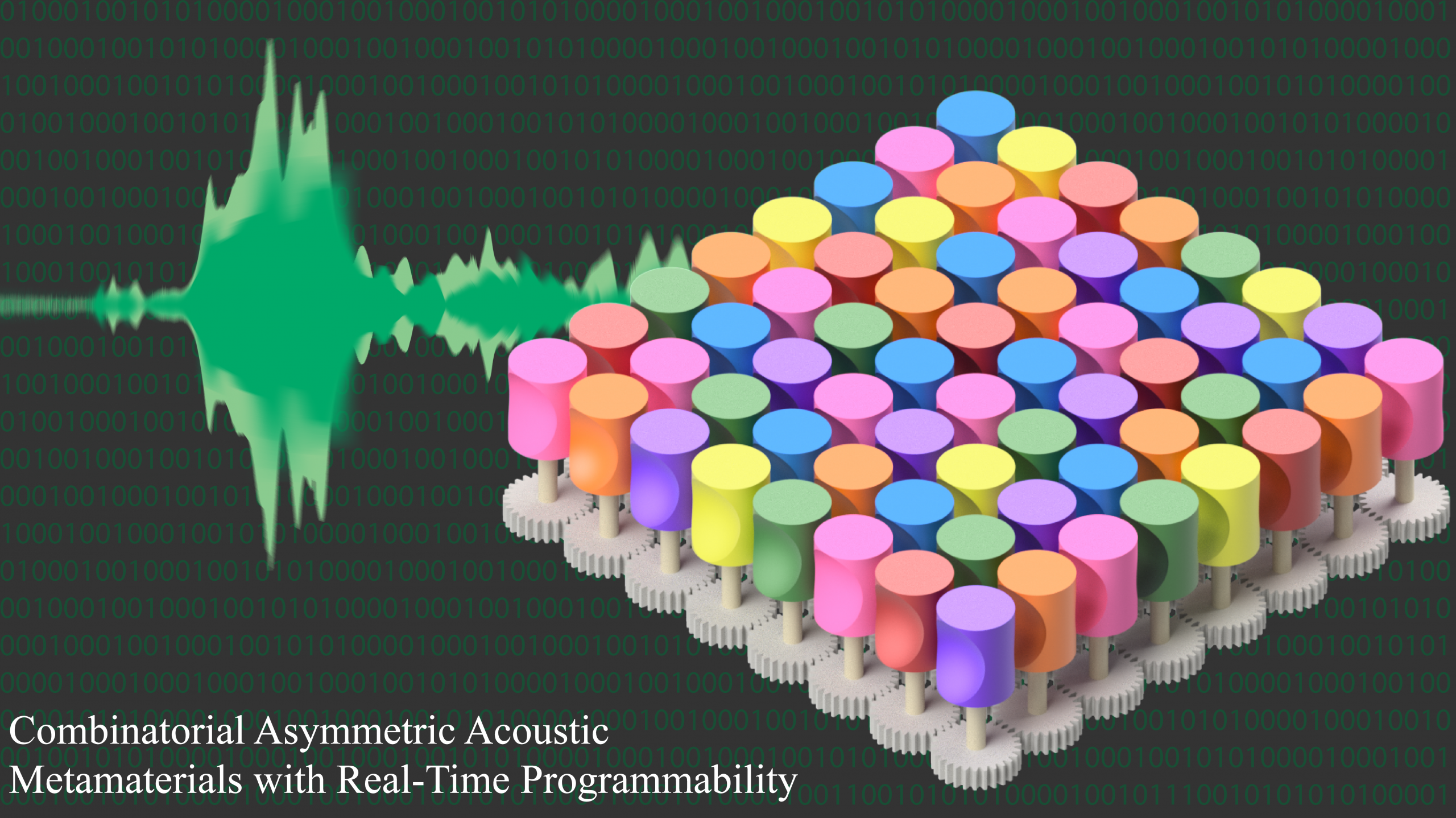Stephanie Gilroy ‘26 (CAHNR) started UConn on the pre-veterinary track in the animal science major.
However, she quickly realized that while she enjoyed working with animals and the courses she had been taking, veterinary medicine wasn’t the right fit for her.
In the spring of her sophomore year, Gilroy found herself in Maria Gracia Gervasi’s reproductive physiology class.
“I really enjoyed all the labs and all the lectures,” Gilroy says. “I actually enjoyed studying for that class.”
Gilroy approached. Gervasi, assistant professor of animal science in the College of Agriculture, Health and Natural Resources (CAHNR), about working in her lab. She started her junior year.
Before going to work in Gervasi’s lab, between her sophomore and junior year, Gilroy interned with a family friend in Switzerland at a startup that performs in vitro fertilization (IVF) and intracytoplasmic sperm injection (ICSI) in cows and horses, respectively.
There, Gilroy got hands-on experience with both basic lab techniques like pipetting and more advanced technologies by performing these reproductive procedures.
“I felt very comfortable in the lab, and it was very cool to experience, and also have a global experience as well,” Gilroy says.
Over the past two years working in Gervasi’s lab, Gilroy has developed her own project focused on improving IVF techniques by manipulation of the male gamete, a type of reproductive cell. Gilroy is comparing traditional sperm capacitation medium with medium that contains extracellular vesicles. Extracellular vesicles are membranous structures that nearly all cells in our bodies release into the space between cells. These vesicles help cells communicate with one another and exchange materials.
The extracellular vesicles Gilroy is using, specifically oviduct extracellular vesicles, are naturally found in the female reproductive tract. Researchers think these extracellular vesicles aid the process of sperm capacitation and natural fertilization process. Hence, Gilroy wanted to see if adding them to sperm capacitation media before IVF could improve the process.
“[We want] to try to mimic the female reproductive tract as best as possible,” Gilroy says. “So, our hypothesis was that it would be better for the sperm environment as well as embryo development.”
Gilroy is looking at sperm motility, fertilization rates, and successful embryonic development.
“We’re trying to see if the sperm that are interacting with the extracellular vesicles have better fertilization and development rates in comparison to sperm that has been in the control media,” Gilroy says.
For this project, Gilroy is collaborating with researchers from the University of Murcia in Spain who had isolated these extracellular vesicles and have sent them to UConn for her study. Gilroy completed an internship at the University of Murcia this past summer supported by a UConn Summer Undergraduate Research Fund (SURF) award. In addition, Gilroy’s project has been supported by the CAPS (Center for Access and Postsecondary Success) Research Scholars program.
The goal of this work is to improve IVF in multiple species, which is a major assisted reproductive technology used in U.S. agricultural industry. The findings from this project may also have implications for IVF in other animals and even humans.
“For research purposes, it’s a great way to have more research on sperm function and motility as well as more background research on pre-implantation embryos,” Gilroy says.
Gilroy intends to pursue a master’s degree after graduating from UConn to continue her research following the support she received at the University.
“I’ve gotten a lot of support from Dr. Gervasi,” Gilroy says. “She’s been a great helping guidance, as well as the grad students and postdoc in the lab. I don’t think I would have been the same scientist, or really interested in research as much as I would be right now without their help.”
This work relates to CAHNR’s Strategic Vision area focused on Ensuring a Vibrant and Sustainable Agricultural Industry and Food Supply.
Follow UConn CAHNR on social media



